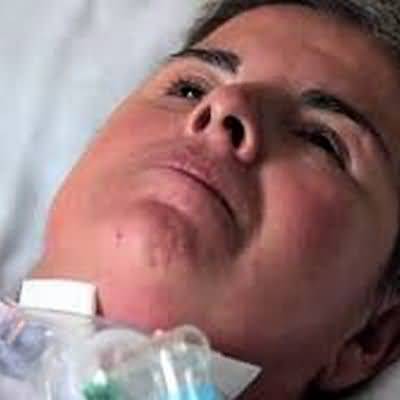bilateral parotid gland enlargement
bilateral parotid gland enlargement
Numerous infiltrative disorders may cause unilateral or bilateral parotid gland enlargement
Sjögren syndrome and sarcoidosis are examples of lymphoepithelial and granulomatous diseases that may affect the salivary glands
Metabolic disorders, including alcoholism, diabetes mellitus, and vitamin deficiencies, may also cause diffuse enlargement
Several drugs have been associated with parotid enlargement, including thioureas, iodine, and drugs with cholinergic effects (eg, phenothiazines), which stimulate salivary flow and cause more viscous saliva
SALIVARY GLAND TUMORS Approximately 80% of salivary gland tumors occur in the parotid gland
In adults, about 80% of these are benign
In the submandibular triangle, it is sometimes difficult to distinguish a primary submandibular gland tumor from a metastatic submandibular space node
Only 50–60% of primary submandibular tumors are benign
Tumors of the minor salivary glands are most likely to be malignant, with adenoid cystic carcinoma predominating, and may be found throughout the oral cavity or oropharynx
Most parotid tumors present as an asymptomatic mass in the superficial part of the gland
Their presence may have been noted by the patient for months or years
Facial nerve involvement correlates strongly with malignancy
Tumors may extend deep to the plane of the facial nerve or may originate in the parapharyngeal space
In such cases, medial deviation of the soft palate is visible on intraoral examination
MRI and CT scans have largely replaced sialography in defining the extent of tumor
When the clinician encounters a patient with an otherwise asymptomatic salivary gland mass where tumor is the most likely diagnosis, the choice is whether to simply excise the mass via a parotidectomy with facial nerve dissection or submandibular gland excision or to first obtain an FNA biopsy
Although the accuracy of FNA biopsy for malignancy has been reported to be quite high, results vary among institutions
If a negative FNA biopsy would lead to a decision not to proceed to surgery, then it should be considered
Poor overall health of the patient and the possibility of inflammatory disease as the cause of the mass are situations where FNA biopsy might be helpful
In otherwise straightforward nonrecurrent cases, excision is indicated
In benign and small, lowgrade malignant tumors, no additional treatment is needed
Postoperative irradiation is indicated for larger and high-grade cancers


















